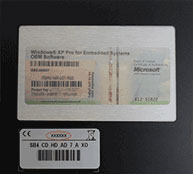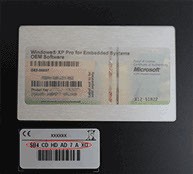Touch panel technology has expanded its applications, moving from smartphones to other numerous devices. The business sector has come to rely on the benefits of touch screen technology for improved operations.
Touchscreen devices are available in several areas of business that include information sharing, presentation and front desk functions. The reliability, efficiency, accuracy and in some cases portability of touchscreen devices have given the technology a larger platform in business.
Touch panels differ widely in designs, and their suitability depends on various application requirements.
Difference between Embedded and OGS
The embedded touch panel and discrete OGS are two of the options that the business sector has to pick from. With embedded designs, the touch panel can either be in-cell with the sensor integrated inside an LCD cell or on-cell where the sensor is on top of the LCD.
In one glass solution (OGS), the sensor is a discrete overlay integrated into the LCD. The advantage that businesses get with OGS is that it provides a better screen display than an embedded touch panel because of the reduced thickness of the glass.
Developmental Costs
When looking at the developmental cost differences between embedded and OGS, the former is more complex; and therefore, requires more work to develop than OGS.
A manufacturer has to produce embedded touch in high volumes for practicality. However, the lack of ITO on an embedded touch panel makes it easier to manufacture.
Embedded touch also has more intellectual property issues, making it cost more to avoid infringements.
Performance
On-cell embedded touch can provide the same performance as OGS or worse if the colour filter is built first. An in-cell embedded touch display doesn’t do as well as OGS unless the SNR increases.
Embedded out only provides an equal performance to OGS when it is built as a hybrid. When it comes to the thickness, embedded touch is thinner than discrete OGS.
Power Consumption
With on-cell and hybrid embedded touch display, power consumption is equal to that of a discrete OGS panel. However, an in-cell embedded display that is integrated with timing controllers and touch will consume less power than a one glass solution panel.
Sources:
Future of touch panels!!, coolpadforums.com
What’s Making Touchscreens Become So Thin…and Smart?, electronicdesign.com


